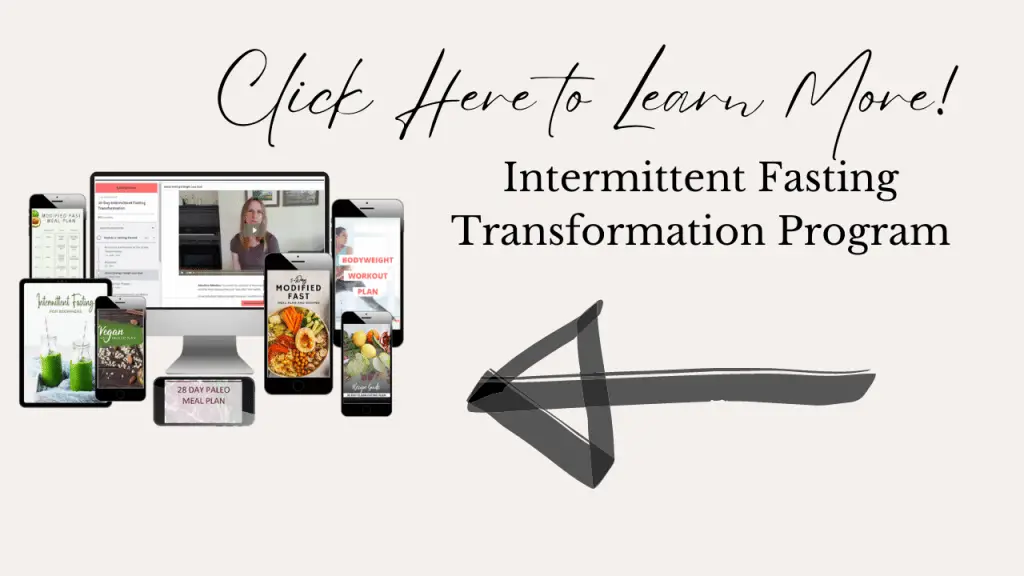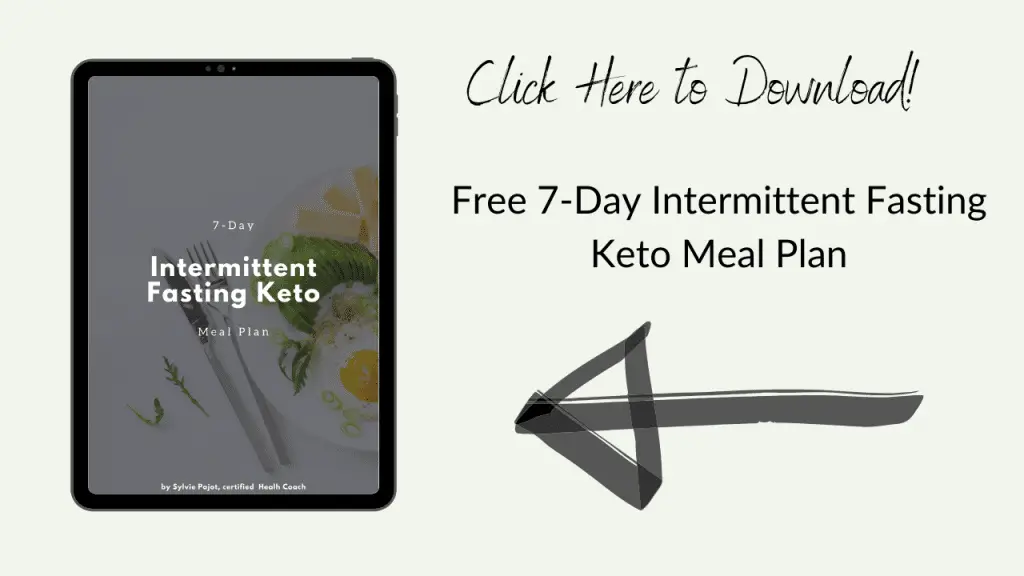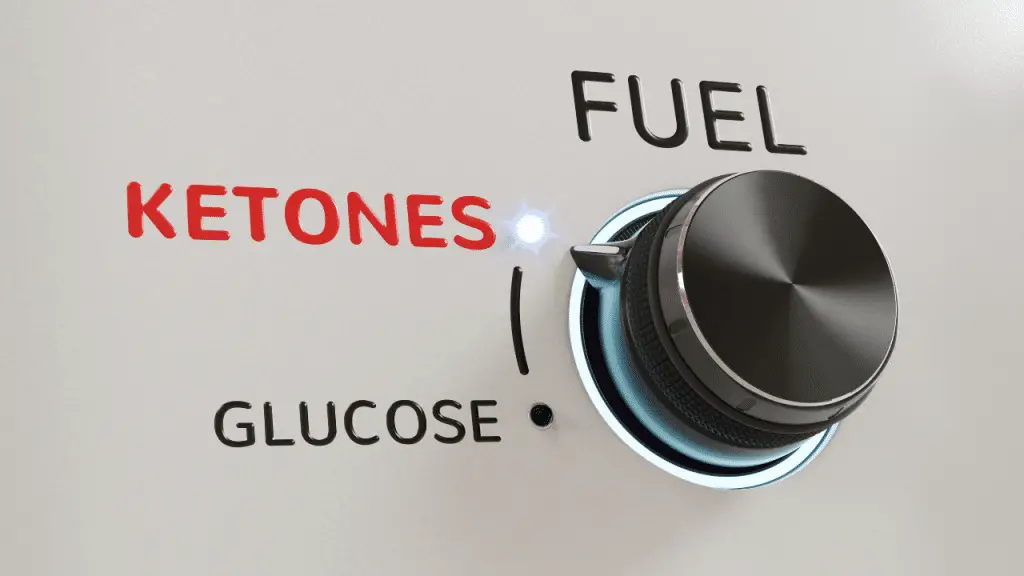2MAD stands for 2 Meals a Day. Pretty self-explanatory, right? Well, in this post, I will talk about how 2MAD is different from the 16:8 intermittent fasting method, explain the health benefits of 2MAD, and give you some questions you can ask yourself to decide if 2MAD is right for you.
What is 2MAD and How Is It Different Than 16:8 Intermittent Fasting?
2MAD is an intermittent fasting method that allows for two meals a day. Since the 16:8 intermittent fasting method gives you an 8-hour eating window, which most likely will give you two meals, you may wonder: “How is 2MAD any different than the 16:8 intermittent fasting method?”. With 2MAD, you are not necessarily having your two meals during a specific eating window, so you don’t need to focus on the clock. Instead, you learn the different hunger cues your body sends you. You may have one meal upon waking and the next at dinner. Or, you may decide to have your two meals within a 4-hour window. It’s up to you! Another significant difference is that many people practice the 16:8 method snack during their 8-hour eating window. 2MAD means you are having two meals a day, that’s it! No snacking!

OMAD vs. 2MAD
There is one other intermittent fasting that focuses on how many meals you may consume rather than a specific eating window, and that is OMAD (One Meal a Day). For this reason, OMAD and 2MAD are often compared. Thomas DeLauer, for example, suggests that having only one meal a day every day may cause your metabolism to slow down and that packing all your food intake in one meal may cause an insulin spike. He recommends 2MAD instead but a bit of a different form of 2MAD. He suggests you have a first light meal 3-4 hours before your main meal. For him, it’s a gentle way to break your fast. However, I am always careful about blanket statements about health practices. Everyone is unique, and what works for a while may not always work. It’s important to learn to listen to your body. I wrote a post entitled OMAD vs. 2MAD: Which Intermittent Fasting Method Should You Choose? Please read it for more guidance on the topic.

2MAD Health Benefits
2MAD has all the typical intermittent fasting health benefits:
- With only two meals, your body will resort to fat for fuel and produce ketones. This will regulate your appetite and help you learn to recognize true hunger signals.
- You will naturally consume fewer calories and most likely lose weight.
- As with other intermittent fasting methods, 2MAD reduces your risk of metabolic diseases by improving your insulin sensitivity, blood pressure, cholesterol levels, and waist-to-hip ratio.
- Your body will start the process of autophagy. Fasting and calorie restriction increase health and longevity by encouraging your body to repair itself through autophagy.
Moreover, there are always the time-saving benefits that come with eating fewer meals and not snacking. The fewer times you eat, the less meal preparation and cleanup you have to worry about.
By the way, if you want to follow the step-by-step formula that helped me lose weight, kick the cravings and tone my body, check out my Intermittent Fasting Transformation program.

Is 2MAD Right For You?
Now that you know what 2MAD is all about, let me help you decide if it would be an effective intermittent fasting method for your body. You will need to ask yourself a few questions to figure it out.
What Is Your Fasting Experience?
If you don’t have any fasting experience, intermittent fasting will initially seem more challenging. I think that’s obvious! What is not so obvious is that there are things you can do differently as a fasting newbie. Although some beginners will love 2MAD, that is not the first method I would recommend for beginners. If you do not have much fasting experience, I recommend a modified fast or a ketogenic diet before you do anything else. The concept of a modified fast is based on the work of Dr. Valter Long and his Fasting Mimicking Diet. It is a 5-day fast that severely restricts calories to help achieve the benefits of autophagy and ketosis. The ketogenic diet is another approach you may choose. Try my free 7-Day Meal Plan to get started.

Have You Ever Been In Ketosis?
If you don’t have much fasting experience but have been on a ketogenic diet before, your chances of successfully practicing an intermittent fasting method like 2MAD may be greater. First, it depends on how long ago you did the keto diet and how long you maintained it. Once you have been in ketosis, it is easier to get back onto it. If you have been in ketosis, you can fairly easily achieve ketosis daily only through intermittent fasting. It’s the main factor that will make any intermittent fasting method much easier and less depriving. If you did the ketogenic diet for at least two weeks less than one or two months ago, 2MAD might be a good option. Otherwise, I would suggest you try the suggestions for fasting beginners first.

Can You See Yourself Sustaining 2MAD Long-Term?
Although I mentioned that it’s important to realize that what works for a while may not always work, I also want you to understand that whatever intermittent fasting method you choose shouldn’t be something you put up with until you reach your goal weight. Learning to enjoy your new lifestyle long-term is essential. The benefits of intermittent fasting extend way beyond weight loss. Moreover, if you don’t keep up whatever method helped you achieve your goal weight, you will most likely gain back the weight you lost.

Which Intermittent Fasting Method Will Make You Feel the Least Deprived?
This question ties in with whether you can envision yourself doing 2MAD long-term. If you can’t for now, that’s OK. Although for me, the least depriving intermittent fasting method is now 2 MAD during a 20:4 window, I didn’t always feel that way. As a beginner, I favored intermittent fasting methods that I did not have to practice every single day, like the Eat-Stop-Eat method or the 5:2 method. Having some “regular” days helped me not feel too deprived. With time and practice, you may find that you start enjoying intermittent fasting more and that what you used to find depriving isn’t so a few months down the road.

Why Not Feeling Too Deprived Matters
Of course, there is the issue of maintaining your chosen intermittent fasting method as a lifestyle not to lose all the benefits. However, there is more to it. Feeling deprived long-term affects your mood and stress level. Too much stress will affect your overall health goals and progress. In my post Intermittent Fasting and Keto for Women, I talk about the effect of cortisol on women’s hormones. Cortisol is a stress hormone with fat-burning and anti-inflammatory properties, but too much cortisol has the opposite effect. The physiological, mental, and emotional stress of intermittent fasting may conspire against you. That’s why I encourage you to find an intermittent fasting method that gives you enough perceived freedom to feel happy about what you are doing for your body.
What is 2MAD Diet Video
In Summary
2MAD is an effective intermittent fasting method for many women because it allows you to learn to listen to hunger cues without looking at the clock. Some days, you may decide to eat your two meals during a four-hour window, but other days, you may have breakfast and dinner. It’s all about staying flexible. Consuming all your daily calories in two meals is more sustainable than packing them all within one meal, as with OMAD, but you may still fast long enough to achieve ketosis. When your body switches to fat-burning daily through intermittent fasting like 2MAD, losing weight or maintaining weight loss becomes much easier. Many women also notice that they feel more energetic until they eat. Doing longer fasts regularly is a good idea to achieve greater autophagy. If you decide to settle on 2MAD, restrict your two meals to a four-hour window at least a few times a week. Also, ensure your meals are nutrient-dense and rich in good fats, and you will find yourself on the path to healing and sustainable weight loss. What’s not to like?






